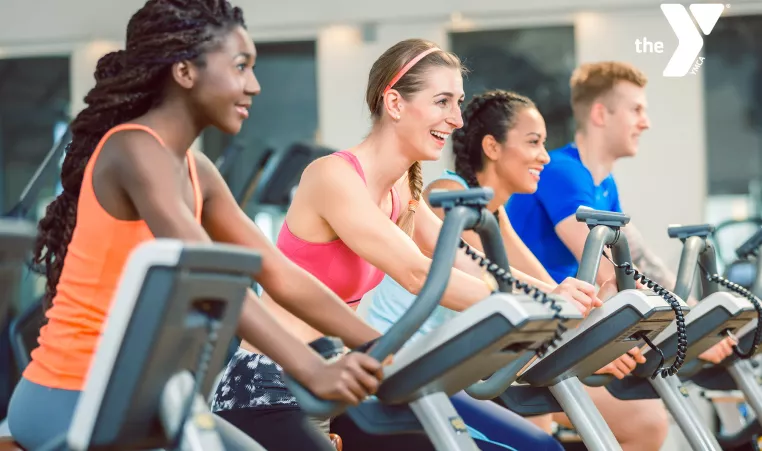
All Cardio is Not Created Equal: Why Intensity Levels Matter
The hard part is done, you’ve committed to your fitness routine and now it’s become a habit. Now it’s time to take a look at “how” you work out. Intensity, when speaking about your workout simply refers to how hard your body is working to complete the task. The American Heart Association and the Center for Disease Control recommend at least 150 minutes of moderate intensity physical activity or 75 minutes of vigorous aerobic activity in addition to 2 or more days of muscle strengthening activity. Those recommendations are great, but what happens when we aren’t exactly certain what they mean by moderate or vigorous aerobic activity… let’s jump into the specifics!
Low intensity aerobic activity would feel comfortable, you would be able to carry on a conversation with a friend and while your heart rate would be increased, it would remain steady. This type of activity might be something like a leisurely walk or bike ride, where it’s more about the scenery or conversation than it is about the workout. This type of activity is great in that it keeps our bodies moving and can provide both a social and emotional impact. Research shows that going from a sedentary lifestyle to one where you move even just on a low intensity level lowers your risk of death by 20%! That’s simply by getting out there and moving your body. Step one… check!
Now as we increase intensity towards the moderate aerobic intensity level we start to feel less comfortable. We would be able to speak in short sentences, but wouldn’t be able to sing along to our favorite song while working. This type of activity gets your heart pumping and increases your body temperature enough that you start sweating. It may look more like a jog, a swim, a hike or perhaps a water aerobics class. When we complete our recommended 150 minutes of moderate intensity exercise along side of our strength training our risk of death lowers even further to 31%. While this type of exercise is greatly important to improve our health, studies show that the single most important element of our workout is the intensity level so let’s kick it up a notch!
Vigorous aerobic activity or high intensity workouts are marked by a significant increase in heart rate and the inability to speak in sentences… you may get a few words out, but that only with effort and some real huffing and puffing after! You will be sweating and will work in shorter bursts rather than sustained endurance. Some activities to try might be sprinting, jumping rope, or hitting up a cycle class or a HIIT class. If we use an intensity level that is sufficient you will see changes in weight, body fat percentage, endurance, and strength.
Several studies have shown that intensity actually matters more than duration to improve both life expectancy and to reduce risk factors for chronic diseases. Using high intensity will improve your cardiorespiratory fitness more than a moderate intensity workout even though the time spent working may be less. High intensity workouts are great for those with time restrictions on their workouts. Increasing the intensity of the workout enhances the effectiveness in a short time so you may only need 20 minutes of a good intense workout to gain the same benefits as an hour long workout at a steady state. In other words, in order to improve health, we can work out for shorter periods as long as we use a high intensity!
So, at this point we know higher intensity definitely has advantages so now we just need to figure out how to take our workouts to the next level… the answer is simpler than you might think. Simply increase speed and increase difficulty. Run faster, lift heavier! Increasing our intensity not only makes our workouts more effective, but it improves mood, increases calorie burn and metabolic rate, and lowers our mortality rate.
But the bottom line is: No matter the intensity, find something you love and stick to it! It will provide the best possible outcome! I hope to see you in class soon!
Anna S., Armbrust YMCA Group Fitness Manager
